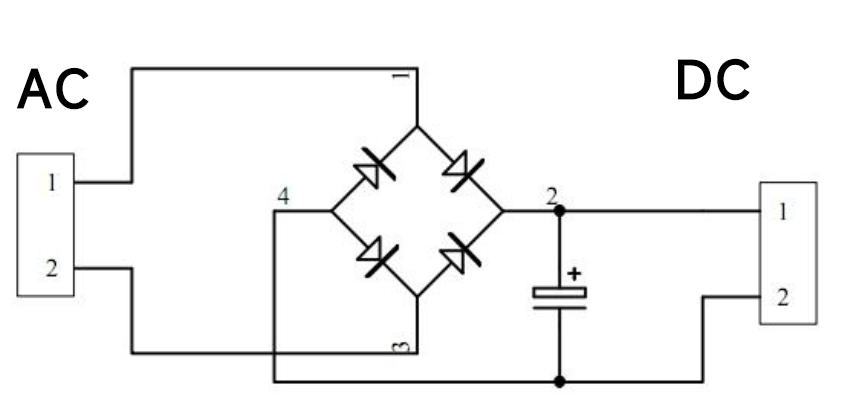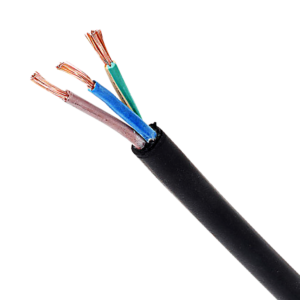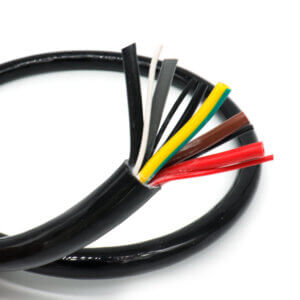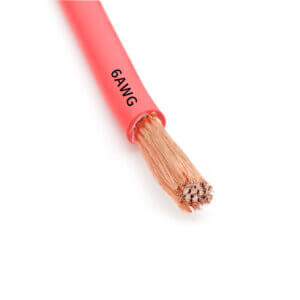Alternating Current (AC) vs. Direct Current (DC) Current
Current in everyday life is usually divided into DC current and AC current. Customers often ask “What kind of power, AC or DC, is produced in a power plant?”. To answer this question, it’s important to first understand the differences between DC current and AC current.
What is DC Current?
- DC current is a current that flows in only one direction.
- It has positive and negative poles.
- Cables suitable for this type of current usually need to be single core cables.
What is AC Current?
- AC current is a current that periodically changes direction and amplitude.
- Cables suitable for this kind of current usually need 2 or more cores.
Conversion Between AC and DC
- Rectifier: Converts AC current to DC current.
- Inverter: Converts DC current to AC current.
Applications of AC and DC
- AC Current: Widely used in power generation, transmission, and distribution because it is easy to transmit, convert, and adjust voltage levels.
- DC Current: Provides a stable power supply with constant size and direction, making it suitable for electronic products. It also doesn’t produce electromagnetic radiation.
Common Applications
- DC Current:
- Electronic products
- Photovoltaic systems (from panels to inverters)
- Automotive batteries
- Energy storage systems
- AC Current:
- Long-distance power transmission and distribution
- Domestic power supply
What kind of power, AC or DC, is produced in a power plant?
What kind of power, AC or DC, is produced in a power plant? This depends on the type of power station:
- Conventional Thermal Power Station: Usually generates AC current. The power is then transmitted and distributed to the grid by adjusting the voltage.
- Photovoltaic Power Plant: The current transmitted from the panels to the batteries and inverter is typically DC, which is then converted to AC by the inverter.
Wants to know about the AC and DC cable? Visit our website to know more.




